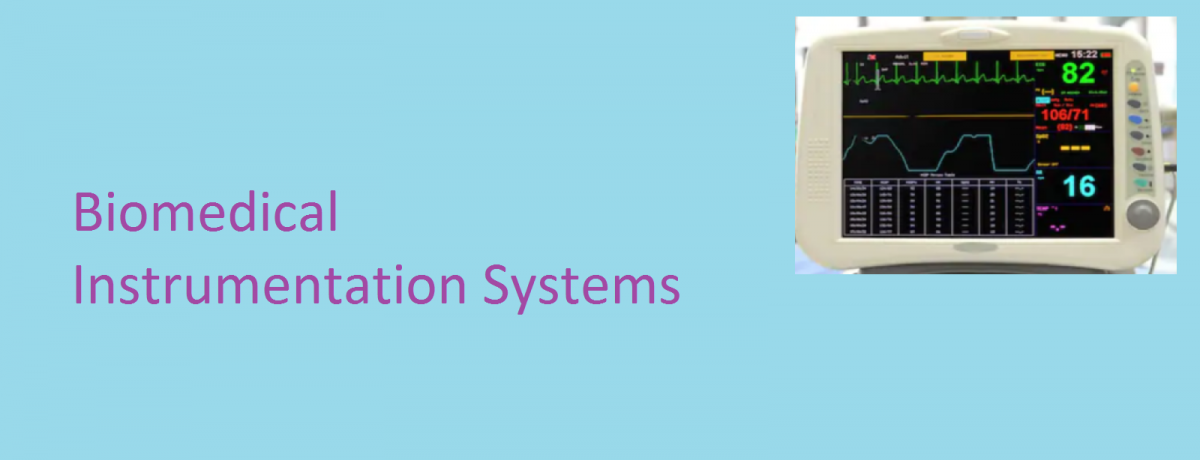
We have the following five types of biomedical instrumentation/measurement systems:
- Direct/Indirect
- Invasive/Non-invasive
- Contact/Remote
- Sense/Actuate
- Dynamic/Static
Direct/Indirect
In biomedical instrumentation we may have the sensing system measuring a physiological parameter directly, such as the average blood flow in an artery or … Read More




